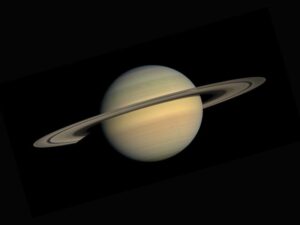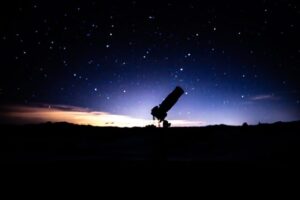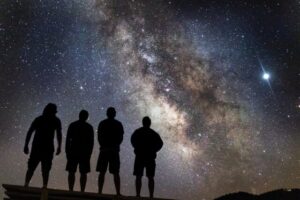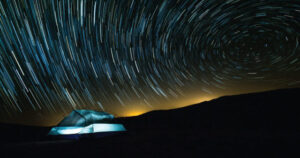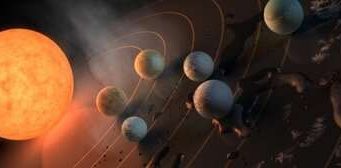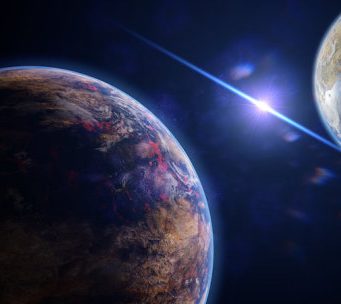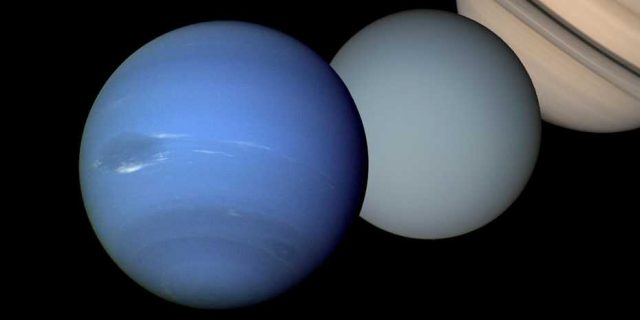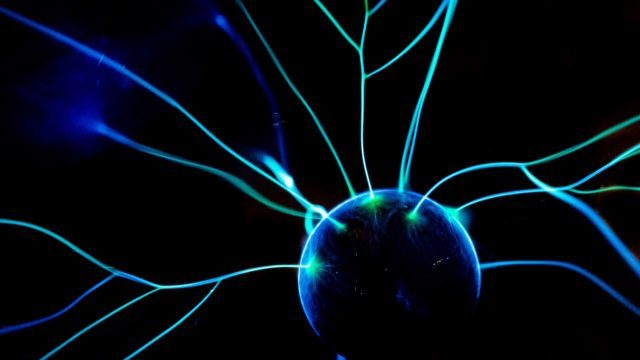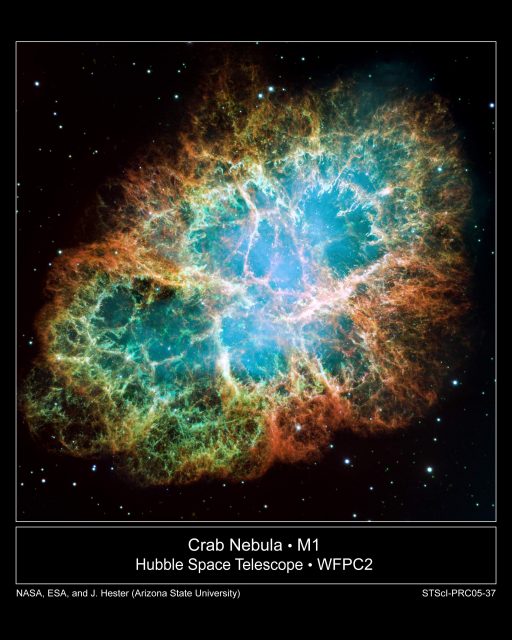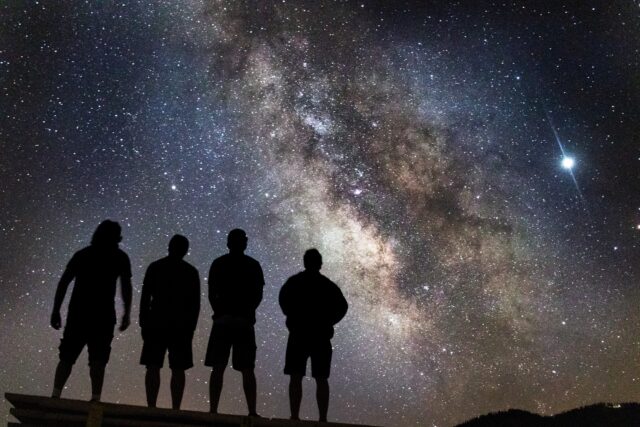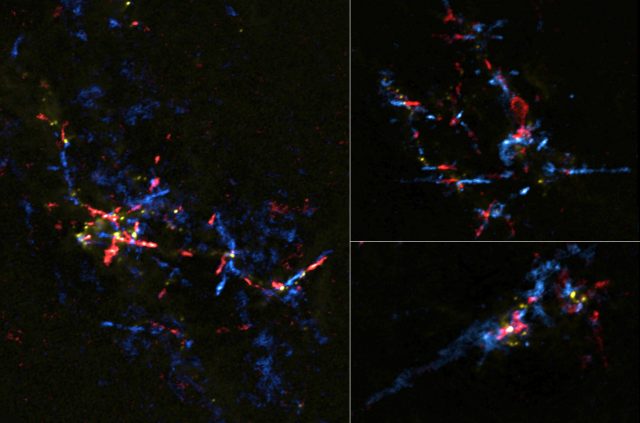When a black hole passes between us and a distant galaxy, the galaxy may be fine, but its image may never escape. Since light rays may curve around the event horizon of a black hole several times, distant observers...
Uranus and Neptune both have a completely skewed magnetic field, perhaps due to the planets' special inner structures. But new experiments by ETH Zurich researchers now show that the mystery remains unsolved.
The two large gas planets Uranus and Neptune...
A team of international scientists, led by the Galician Institute of High Energy Physics (IGFAE) and the ARC Centre of Excellence for Gravitational Wave Discovery (OzGrav), has proposed a simple and novel method to bring the accuracy of the...
Galaxies reside in filaments hundreds of millions of light-years long, on a backbone of dark matter. And, where those filaments meet, there are galaxy clusters. Between them are massive voids, where galaxies are sparse. A team of astronomers in...
The permanent rise of oxygen in the Earth's atmosphere, which fundamentally changed the subsequent nature of Earth's habitability, occurred much later than thought, according to new research.
And the study, from an international team led by the University of Leeds...
Last year, astronomers were puzzled when Betelguese, the bright red supergiant star in the constellation Orion, dramatically faded, but then recovered. The dimming lasted for weeks. Now, astronomers have turned their sights toward a monster star in the adjoining...
A group led by scientists from the RIKEN Cluster for Pioneering Research, using coordinated observations of the Crab pulsar in a number of frequencies, have discovered that the "giant radio pulses" which it emits include an increase in x-ray...
NASA's Hubble Space Telescope is giving astronomers a rare look at a Jupiter-sized, still-forming planet that is feeding off material surrounding a young star.
"We just don't know very much about how giant planets grow," said Brendan Bowler of the...
Palomar 5 is a unique star cluster. In a new paper, astrophysicists show that distinguishing features of Palomar 5 are likely the result of an oversized black hole population of more than 100 of them in the center of...
Astronomers found a number of stellar eggs containing baby stars around the center of the Milky Way using the Atacama Large Millimeter/submillimeter Array (ALMA). Previous studies had suggested that the environment there is too harsh to form stars. These...
Scientists have long theorized that supermassive black holes can wander through space—but catching them in the act has proven difficult.
Every massive galaxy is believed to host a supermassive black hole (SMBH) at its center. Its mass is correlated with...



